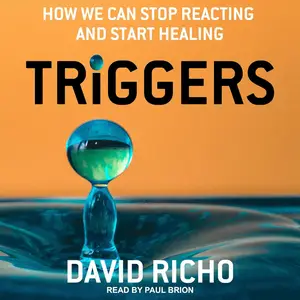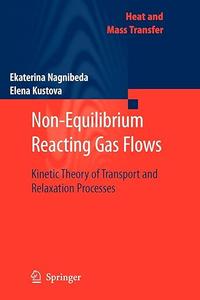
Free Download Triggers: How We Can Stop Reacting and Start Healing (Audiobook)
English | September 23, 2020 | ASIN: B08H8V829Q | M4B@128 kbps | 5h 46m | 319 MB
Author: David Richo | Narrator: Paul Brion
Work with your triggers to find peace in the painful moments and lasting emotional well-being.
Psychotherapist David Richo examines the science of triggers and our reactions of fear, anger, and sadness. He helps us understand why our bodies respond before our minds have a chance to make sense of a situation. By looking deeply at the roots of what provokes us – the words, actions, and even sensory elements like smell – we find opportunities to understand the origins of our triggers and train our bodies to remain calm in the face of painful memories.
